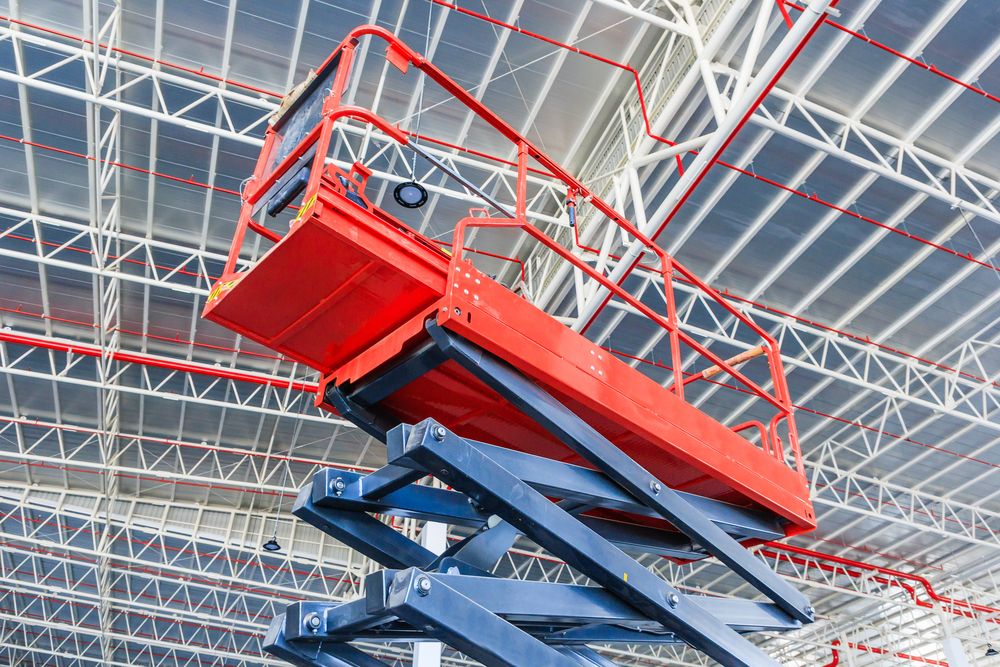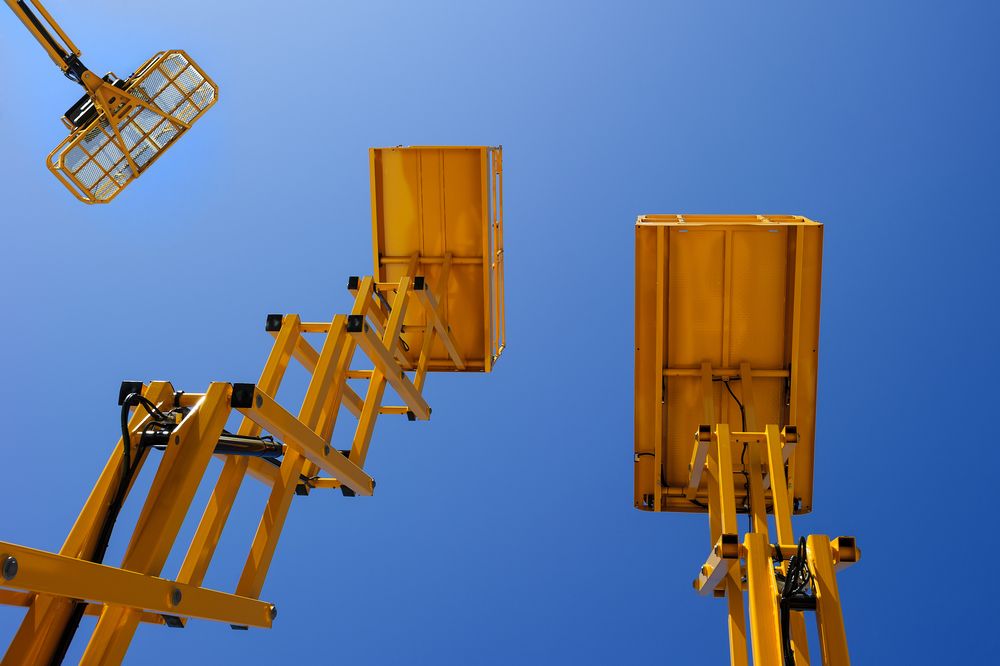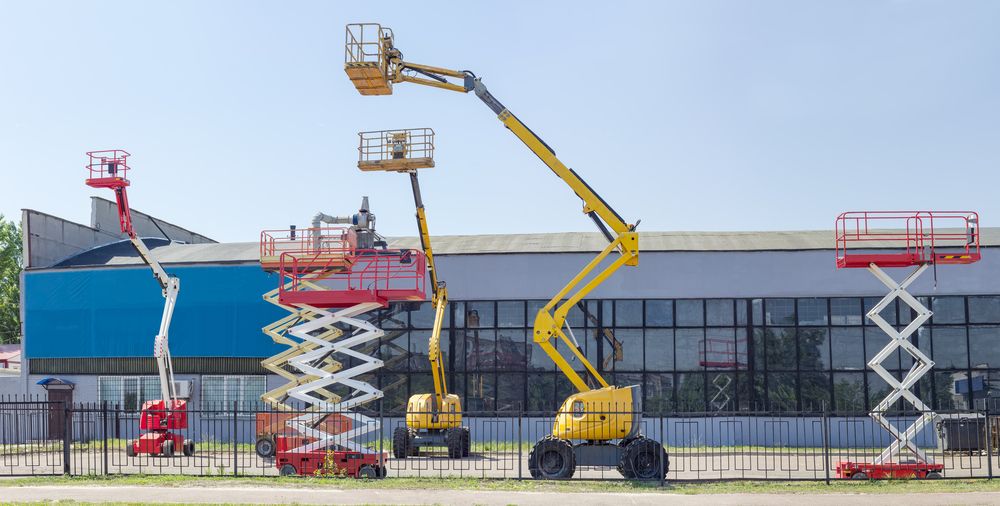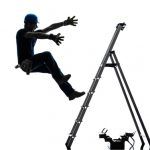
How to Choose the Right Scissor Lift Safety Training Program for Safe Working at Heights

A significant number of construction jobs and basic maintenance projects involve working at heights. That’s why proper training is essential in keeping workers safe when working at elevated height.
Over the years, workplace falls have represented a significant number of incidents. These are often devastating to the workers involved and costly to the business.
One of the working at heights hazards involves various types of lifts. In this article we’ll discuss scissor lifts, why training is vital and what you can do to ensure a culture of safety exists in your workplace.
Scissor Lifts & Working at heights
A scissor lift is a flat, rail-protected work surface that can be mechanically raised. Considered an aerial platform, the lift is wheeled into position and the flat work surface then creates a safe platform to start the job.
Often the lift is used as alternative to a ladder to improve both safety and efficiency.
Use the guidelines outlined below in choosing the best Scissor Lift Safety Training Program for your business.
The Right Tools & The Right Training
 The right training program for your business is one that provides your employees with the instruction necessary to operate any form of personal protective equipment before starting work.
The right training program for your business is one that provides your employees with the instruction necessary to operate any form of personal protective equipment before starting work.
A scissor lift is a proven safe method to work at heights – so long as it is properly set up and operated.
As with any form of heavy equipment, training is an essential part of an integrated safety solution.
A scissor lift is a great solution for a variety of work at height challenges and requires the essential mix of tools and training to operate safely.
Get the Training Experts
Federal, provincial and/or local laws vary when it comes to certified scissor lift training.
However, this is not casual, on-the job type instruction.

Preventable injuries (including fatalities) have resulted from improper scissor lift operation. Accidents for lifts have occurred and are tracked in these incident categories:
- fall accidents for both workers and tools
- improper positioning
- poor stabilization causing the lift to tip over
The risks involved require that professional training be completed for all categories.
Get the best training resources available to keep work crews safe when working at heights.
Training Aligned with Risks
Proper operation of scissor lifts requires professional training that addresses the key risk categories for scissor lift safety.
The risk categories are those associated with falls due to improper use of personal protection while working on the lift, along with the very important requirements for stabilization, and positioning of the lift.
It is a wheeled device that provides a very versatile solution, but improper stabilization has proven to be a key risk area that requires the proper training to mitigate.
Train the Expanded Crew

Every supervisor on-site should have scissor lift training – along with other workers that are regularly working near the lift.
The safety configuration for scissor lifts comes includes an emergency stop button. In the event of an emergency, the stop button will halt the operation and allow for a safe recovery.
It is important to train the wider team and every supervisor on the emergency controls functions of the lift.
Training Must Include Equipment Maintenance
Scissor lift equipment should always complete a final inspection before being issued for use at the site, to include basic operation along with the restraint systems, the guardrail and brakes. The emergency stop button mentioned above should be tested on a regular basis.
Specialized training is required to ensure that scissor lift equipment has been verified as ready before workers start the job.
How Advanced Consulting & Training Can Help
Use the guidelines above that cover risks, proper operation and maintenance training needs in the evaluation and selection of the best Scissor Lift Safety Training Program for your business.
Contact us today to find out more about our safety training programs – from Working at Heights and Scissor Lift training to boom lifts and much more.


